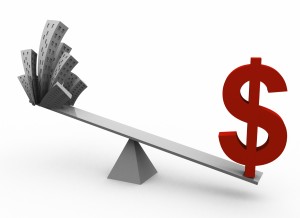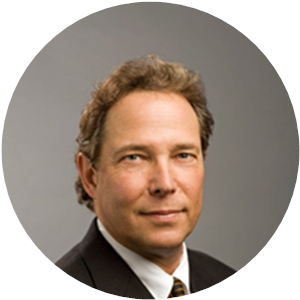Despite the threat from last year’s fiscal cliff financial fiasco, 46 percent of CORFAC’s brokers’ said that their clients would go ahead and try to sell commercial property this year – even with increased capital gains taxes in 2013. They also stated that prices would rise (60 percent) or stay flat, and the hottest two sectors for investing in commercial real estate are multifamily and industrial properties.
CORFAC International conducted an Investor Sentiment Survey in late February by reaching out to more than 100 CORFAC members who specialize in investment sales in the U.S. and in Canadian Provinces. The survey results reveal current trends – some surprising, some not, affecting commercial property sales of all asset classes – office, industrial, retail, multifamily, net leased and owner-occupied building sales or purchases.
There were dozens of responses representing both coasts, the middle of the U.S. plus some survey results from Canada.
SURVEY RESULTS
The majority felt that their markets were ‘strong’ on investment sales activity (55 percent), while 18 percent thought it was ‘good,’ 18 percent thought it was ‘moderate’ and 9 percent thought investment sales activity was weak in their markets.
Despite the threat from last year’s fiscal cliff financial fiasco, 46 percent said that their clients would go ahead and try to sell commercial property this year – even with increased capital gains taxes in 2013.
The majority thought that the current market favors sellers (70 percent) over buyers (20 percent) but several answered ‘it depends’ and with qualifying comments – among them:
- “Core properties favor sellers and value-add/REO properties favor buyers.”
- “Smart buyers of value-add product can do well, the same with sellers able to positions their assets for a ‘Class A’ purchaser (institutional money).”
- “There is a limited supply of buildings listed ‘For Sale’ in our market right now but I wouldn’t necessarily say that it favors sellers. Of the buildings that are listed ‘For Sale,’ a majority of them are either overpriced or functionally obsolete (or both). Buyer demand is strong so when a quality building comes onto the market at a fair price, it should trade fairly quickly. However, a ‘fair’ price is still 20 percent+ below the highs from 2007.”
Not surprisingly, multifamily ran away with the favored investment product type (36 percent) yet industrial properties also ranked highly (27 percent) and was followed by office (15 percent), owner-occupied (8 percent), retail – especially single tenant, national quick-service restaurants (8 percent) and net leased investment properties were favored by 5 percent of survey respondents.
Predictably, capitalization rates, or “cap rates” were all over the chart; they varied by asset type and whether properties are Core/ Class A assets or are in outlying and secondary markets. The cap rate is determined by dividing the annual net income of a property by its sale price and tells investors what the building will yield on an annual basis. Core/Class A assets typically have lower “cap rate,” or yields, because they are deemed safer investments while higher cap rate reflect the perception that there is greater investment risk.
- The cap rate low for multifamily was 4 percent, its high was 9 percent and the average was 5.5 percent.
- The cap rate low for office was 5 percent, its high was 11 percent and the average was 8 percent.
- The cap rate low for industrial was 5 percent, its high was 11 percent and the average was 7.5 percent.
- The cap rate low for retail was 4.75 percent, its high was 12 percent and the average was 7.94 percent.
- The cap rate low for owner-occupied investments was 1 percent, its high was 11 percent and the average was 7.3 percent. One respondent said that the variance from a low of 1 percent to a high of 11 percent reflects the wide degree of the owner-occupiers’ credit, the loan term and location of the property.
- The cap rate low for net-leased investments was 5 percent, its high was 10 percent and the average was 7.65 percent.
In terms of a forecast for the balance of 2013, 60 percent of CORFAC’s survey participants predicted that prices would increase, 40 percent said they would remain flat and none thought that prices would decline during the year.






